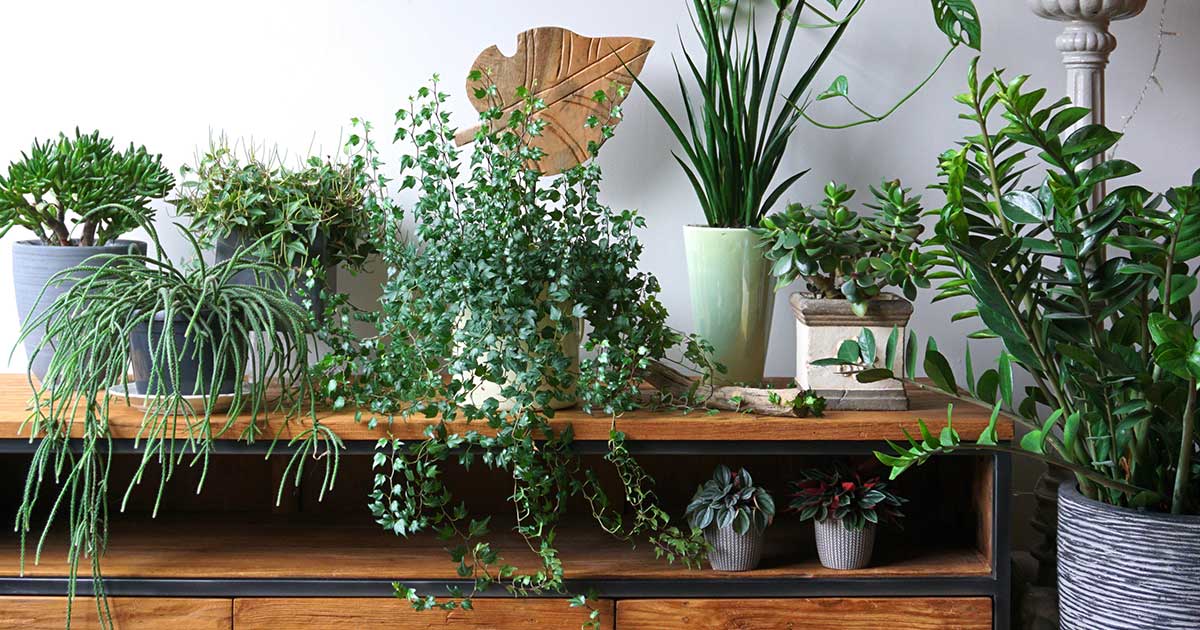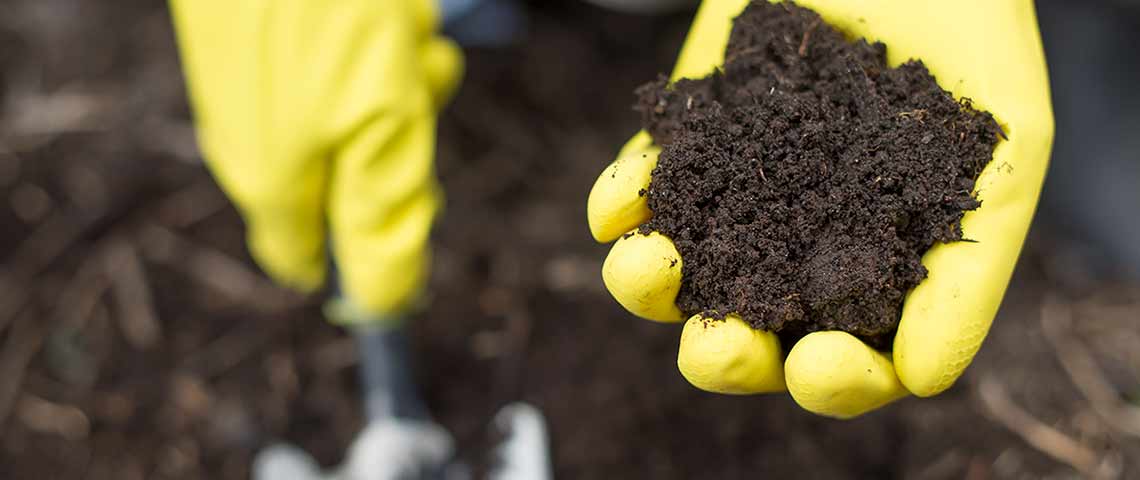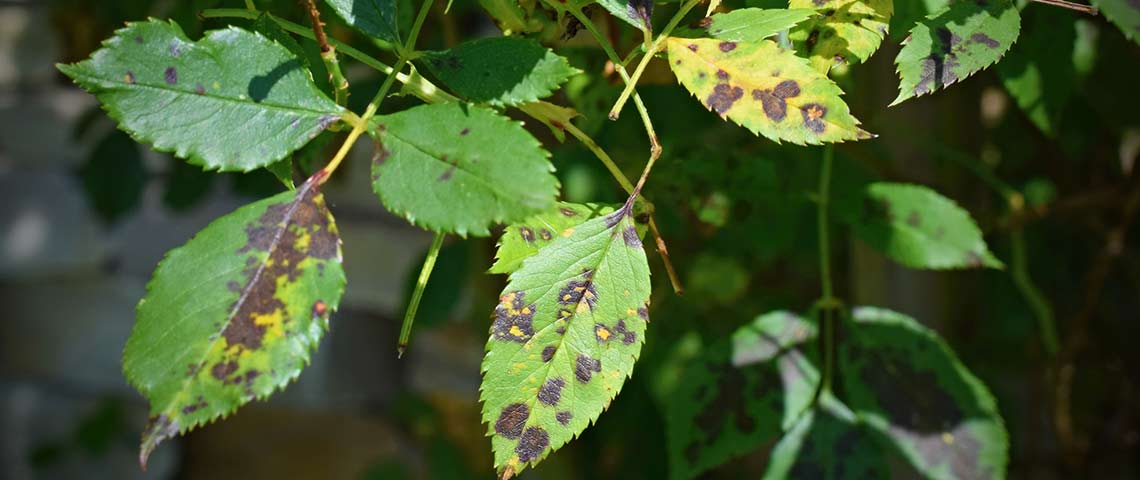How to Identify, Fight and Fix Root Rot
Some plant diseases are brash and bold. They announce themselves with symptoms you can't miss or ignore. But root rot isn't one of those diseases. It's sneakier. Root rot starts in your plant's root zone, hidden by soil, and stays out of sight and out of mind until it's advanced. While root rot and overwatering go hand in hand, water isn't the true culprit with this disease. That title belongs to the fungus that takes advantage of your overwatering. Act fast when you see problems, and you can overcome root rot.
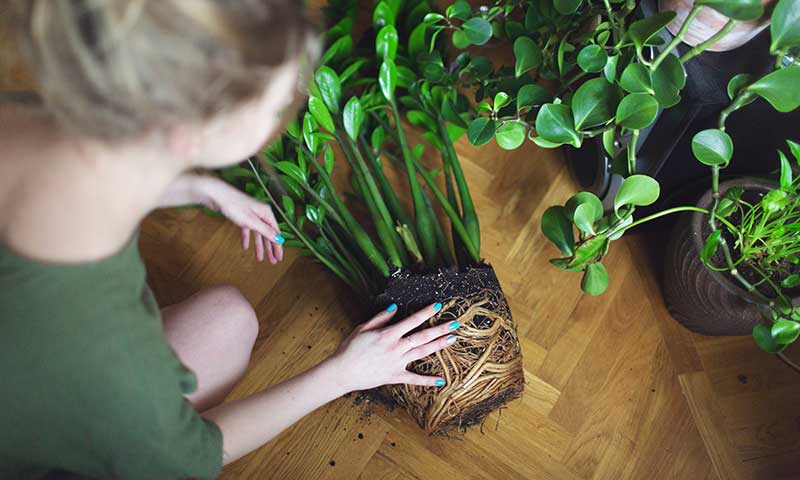
If you suspect root rot, take a look at your plant's roots.
How to Identify Root Rot
Yellow leaves or stunted growth are two of the first root rot symptoms you'll see on your indoor plants. When roots aren't healthy, your plant can't absorb the nutrients and water it needs. Leaves turn yellow and start to wilt while growth slows down. But many things can cause yellow leaves. To rule out root rot, you need to go to the source: the roots of your plant.
To identify root rot, gently remove your plant from its container. If you're hit with an unpleasant smell and sopping wet soil, that's a good clue that conditions favoring root rot are there — and you've been overwatering for a while.
Be gentle as you examine the soil and the roots. Healthy plant roots, with just a few exceptions, are firm and white. Unhealthy, rotting roots are soft and brown. If they're really far gone, rotten roots are mushy black. At that point, they definitely smell bad.
When soil is soggy, fungal spores multiply, and the pathogen that causes root rot starts to spread. It starts in the tips of roots first, then advances. Healthy roots turn brown and mushy as they die. If this sounds like your roots, you probably have root rot.
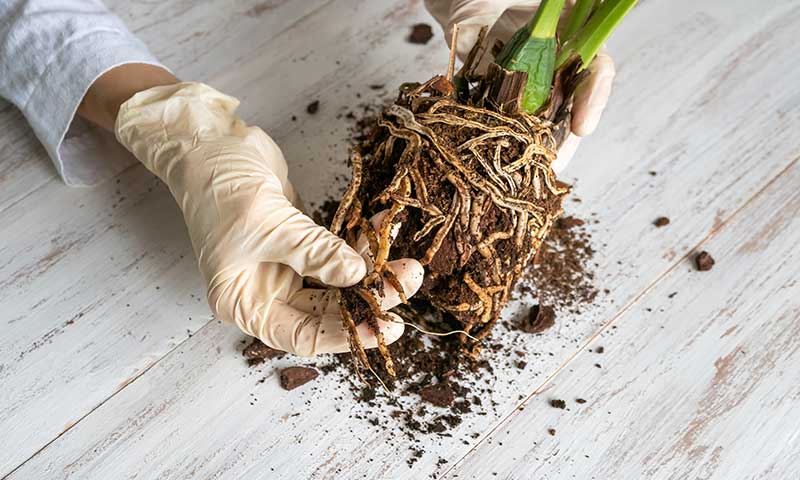
Rotting roots are mushy and brown instead of firm and white.
How to Fight Root Rot
Plants are at risk for root rot when their soil is too dense to drain properly or their containers don't have good holes that allow excess water to drain away. The first line of defense against root rot is to give your baby the best soil for potted plants and get your soil right.
Pennington Full Season Potting Mix provides your plant with an ideal soil environment for good growth. This premium potting soil revitalizes soil with essential plant nutrients that gently feed your plant for up to six months. Its Earth-friendly ingredients like earthworm castings, added bio-stimulants and sustainably sourced peat work in harmony with nature to help your plants thrive. Plus, the water-holding crystals in Pennington Full Season Potting Soil Mix help get you off the rollercoaster of watering too much.
The second step in minimizing your root rot risk is to get your watering right. Water plants thoroughly when you water, but then let them to dry out slightly before watering again. Don't water just because it's the weekend. Test your soil first — use a moisture meter or just stick your index finger in. Soil should feel cool and only slightly moist 2 or 3 inches down. If it's wetter than that, wait a few days and check again.
Make sure excess water runs through the container holes freely. Always empty your cachepot or plant saucer of any excess water. Never leave your plant sitting in water. That's an invitation for root rot to move in.
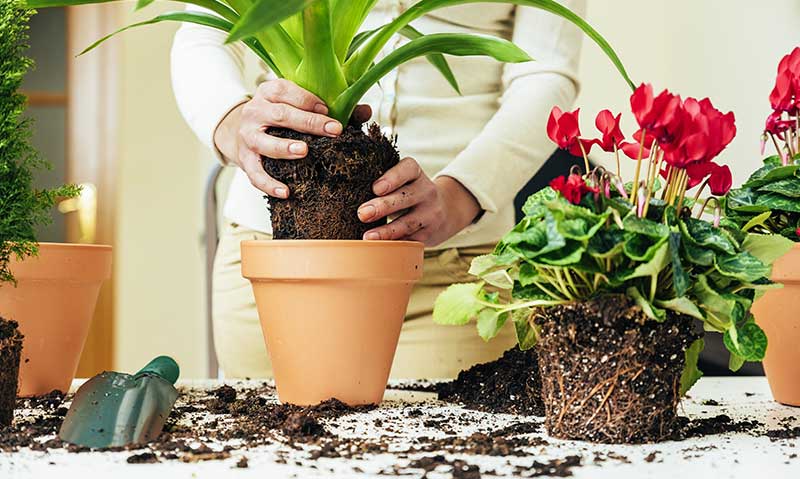
New potting soil and wise watering can help healthy roots get back on track.
How to Fix Root Rot
If you identify root rot in one of your beloved plant babies, be realistic about its future. Mushy, soft roots are dead and rotting. As much as you want to nurse those roots back to health, you can't. If all of your roots are mush, it's too late. Time to think about something new. But if some healthy, firm, white roots are still hanging in there, there's hope.
Remove your plant from its pot, gently remove the contaminated soil, and gently wash the roots under warm running water. Sterilize a pair of pruning scissors or garden pruners with regular household isopropyl alcohol. Then cut away everything that's rotten until only healthy roots are left. After pruning, sterilize your pruners so you don't spread fungal spores to other plants or soil.
Repot your plant with Pennington Full Season Potting Mix and let its nutrients feed your plant while it recovers. As your plant perks up, provide more essential nutrients and other good stuff with Pennington Rejuvenate Plant Food All-Purpose 4-4-4. This blend of natural and organic ingredients combines essential plant nutrients with beneficial microorganisms, earthworm castings and humic acids to nourish your plant from the inside out while new roots grow.
At Pennington, we've been helping people create the yards and gardens of their dreams since 1945. We understand the care and love you give your plants, from outdoor gardens to pots indoors. That's why we're here to help you grow. Have a question? We'd love to hear from you. Let us help you nurture your roots.
Always read product labels thoroughly and follow instructions.

